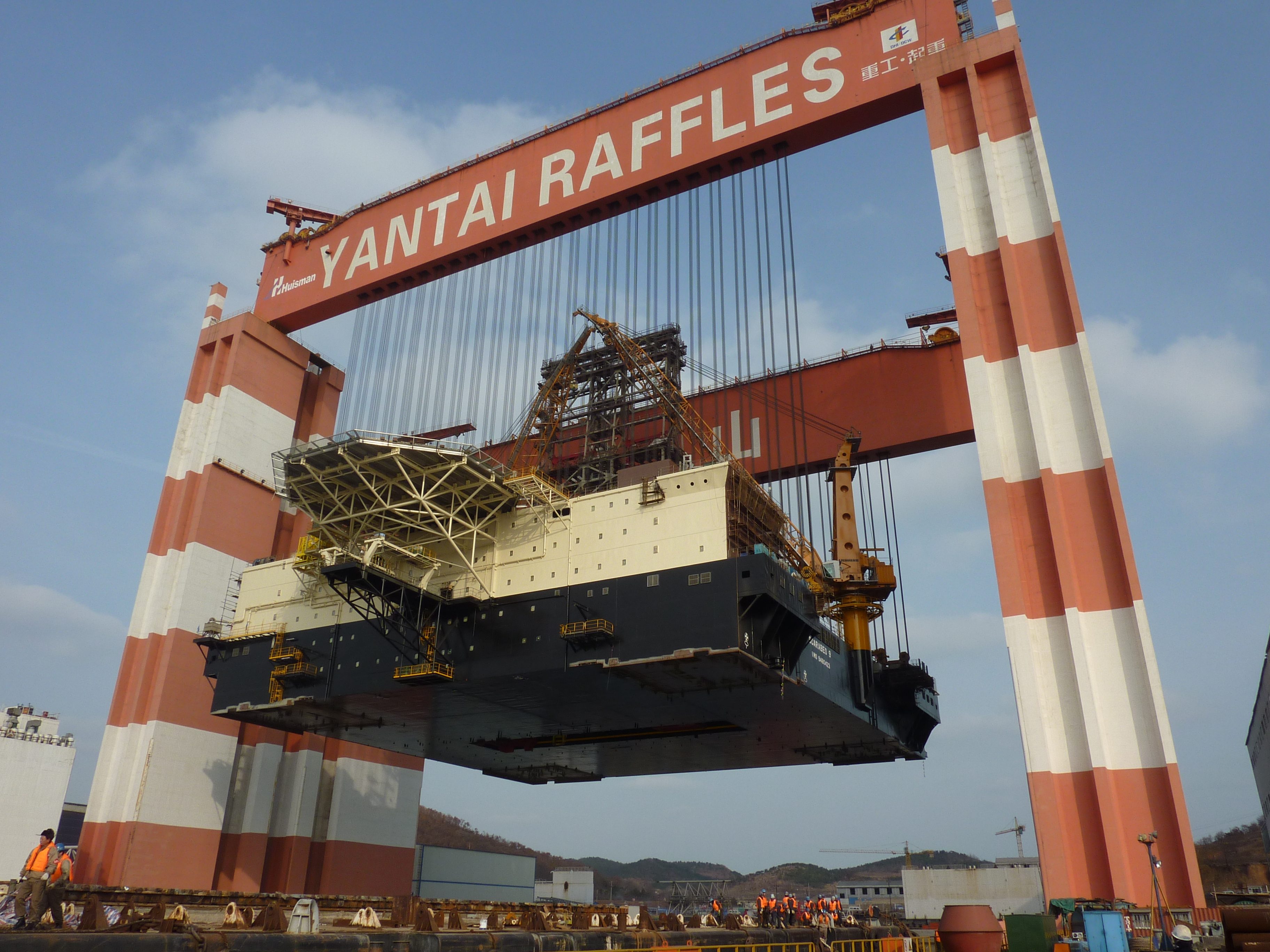Cranes have become an essential tool in the construction industry, enabling the completion of monumental projects that would otherwise be impossible. From skyscrapers to bridges, these towering machines have revolutionized the way we build. This article explores the role of cranes in some of the world’s most impressive construction projects, highlighting their incredible lifting capabilities and the challenges they overcome.
The Evolution of Cranes: From Ancient Times to Modern Marvels
Cranes have come a long way since their ancient origins. In ancient times, cranes were simple machines consisting of a long beam with a pulley system. These early cranes were used primarily for lifting heavy objects and constructing buildings. As time went on, cranes became more sophisticated and efficient. The invention of the steam engine in the 18th century revolutionized crane technology, allowing for greater lifting capacity and mobility. In the 20th century, hydraulic systems were introduced, further enhancing the capabilities of cranes. Today, cranes have become modern marvels, capable of lifting massive loads and reaching incredible heights. With advancements in technology, it is exciting to imagine what the future holds for crane evolution.
The Role of Cranes in Building Iconic Skyscrapers

Cranes play a crucial role in the construction of iconic skyscrapers. These towering structures require heavy lifting and precise positioning of materials, and cranes are the perfect tool for the job. With their immense strength and reach, cranes can hoist heavy steel beams, concrete slabs, and other building materials to great heights. They also provide the necessary stability and support for workers to safely carry out their tasks at elevated heights. Without cranes, the construction of skyscrapers would be nearly impossible. Their efficiency and versatility make them an indispensable part of the building process, ensuring the successful completion of these architectural marvels.
Overcoming Challenges: How Cranes Contribute to Monumental Bridge Construction
Cranes play a crucial role in the construction of monumental bridges, helping to overcome various challenges that arise during the process. One of the main challenges is the sheer size and weight of the bridge components, which can be extremely difficult to lift and maneuver into place. Cranes provide the necessary lifting power and precision to safely transport these heavy elements and position them accurately. Additionally, bridges often need to be constructed over water or other obstacles, making access difficult. Cranes can be used to reach these inaccessible areas, allowing construction crews to work efficiently and effectively. Overall, cranes are an essential tool in the construction of monumental bridges, enabling engineers to overcome the challenges and create impressive structures.
Cranes in Action: Showcasing their Power in Massive Infrastructure Projects
Cranes are an essential component of massive infrastructure projects, showcasing their immense power and versatility. These towering machines are capable of lifting and moving heavy loads with precision and efficiency. Whether it’s constructing skyscrapers, bridges, or dams, cranes play a crucial role in the development of modern infrastructure. With their impressive lifting capacities and long reach, they can transport materials to great heights and across vast distances. The sight of cranes in action is awe-inspiring, as they effortlessly maneuver massive steel beams and concrete blocks. Their presence on construction sites symbolizes progress and the incredible feats of engineering that shape our cities and landscapes.
The Future of Cranes: Advancements in Technology and Design
Advancements in technology and design are revolutionizing the crane industry, paving the way for a future that is safer, more efficient, and more sustainable. One of the key developments is the integration of smart technology, which allows cranes to be remotely controlled and monitored. This not only improves safety by reducing the need for human operators to be in dangerous positions, but also increases efficiency by enabling cranes to be operated from a central location. Additionally, new materials and designs are being used to make cranes lighter and more compact, making them easier to transport and assemble. These advancements are not only benefiting the construction industry, but also other sectors such as logistics and manufacturing. Overall, the future of cranes looks promising, with technology and design advancements driving innovation and improving the industry as a whole.
The Impact of Cranes on Urban Development and City Skylines
Cranes play a crucial role in shaping urban development and transforming city skylines. These towering machines are a common sight in rapidly growing cities, symbolizing progress and construction. With their ability to lift heavy materials and reach great heights, cranes enable the construction of high-rise buildings, bridges, and other infrastructure projects. They facilitate the expansion of cities, allowing for increased population density and economic growth. Moreover, cranes contribute to the aesthetic appeal of city skylines, adding a sense of dynamism and modernity. However, their presence also signifies the disruption and noise associated with construction activities. Overall, cranes are an integral part of urban development, leaving a lasting impact on the physical and visual landscape of cities.
Conclusion
In conclusion, cranes play a crucial role in the success of monumental projects around the world. They enable the construction of skyscrapers, bridges, and other large structures that shape our cities and landscapes. Without cranes, these projects would be nearly impossible to complete, highlighting the importance of this powerful and versatile machinery in modern construction.
1. What are some examples of monumental projects that require cranes?
Some examples of monumental projects that require cranes include skyscraper construction, bridge building, and large-scale infrastructure projects.
2. How do cranes contribute to the success of these projects?
Cranes play a crucial role in these projects by lifting and moving heavy materials and equipment to great heights, allowing for efficient construction and assembly.
3. What types of cranes are commonly used in monumental projects?
Common types of cranes used in monumental projects include tower cranes, crawler cranes, and mobile cranes.
4. How are cranes operated and controlled?
Cranes are typically operated by trained professionals who use a combination of controls, such as joysticks and buttons, to maneuver the crane and its load.
5. What safety measures are in place when using cranes in monumental projects?
When using cranes in monumental projects, safety measures such as regular inspections, proper training for operators, and adherence to strict safety protocols are implemented to ensure the safety of workers and the surrounding environment.
6. Are there any limitations or challenges when using cranes in monumental projects?
Yes, there are limitations and challenges when using cranes in monumental projects. Factors such as weight restrictions, weather conditions, and site accessibility can impact the use of cranes and require careful planning and coordination.

